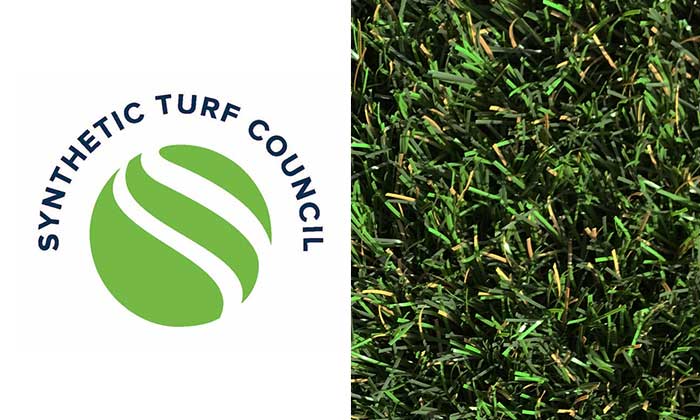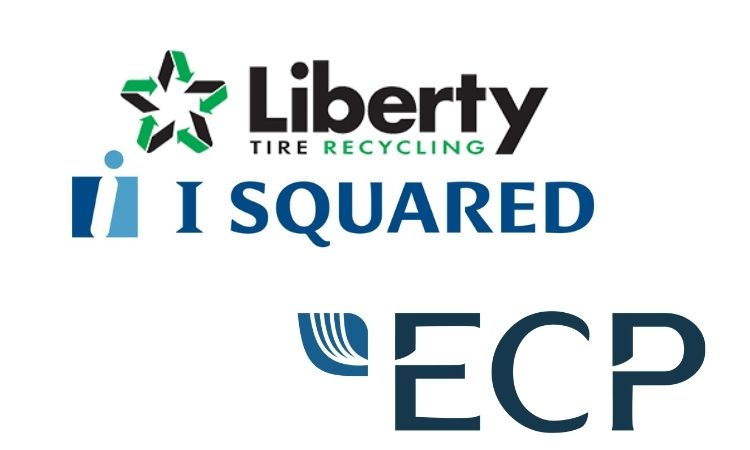Austroads encouraging the use of crumb rubber binders in asphalt pavement construction
Austroads – the collective of the Australian and New Zealand transport agencies, representing all levels of government – has published the results of research which proposes a specification for the use of a binder containing crumb rubber from recycled tires in the construction of asphalt pavements. Ross Guppy, Austroads Transport Infrastructure Program Manager says there has been an increased focus on using sustainable and recycled materials for road construction and maintenance.
“Crumb rubber is predominantly obtained from vehicle tires. Every year Australia and New Zealand produce more than 510,000 tonnes of end‑of‑life tires.
The use of crumb rubber binders in road construction allows tires which have reached their end‑of‑life to be used for productive outcomes, rather than sent to landfill or sent overseas where they are often burned,” Ross said.
Crumb rubber derived from end‑of‑life tires has been used in Australia for several decades to enhance the performance of binders used in sprayed seals but prior to 2017 the use of crumb rubber in asphalt pavements was limited.
The Austroads national polymer modified binder (PMB) specification (ATS 3110) does not include crumb rubber binder grades suitable for use in asphalt. As a result, two Australian jurisdictions and the Australian Flexible Pavement Association recently developed specifications for crumb rubber binders for use in asphalt which were based on tests and testing protocols used in Arizona and California.
Robert Urquhart, lead author and National Discipline Leader with ARRB said that crumb rubber binders used in asphalt are currently specified using different tests and testing protocols than those used when they are included in sprayed seals.
“The main aim of the Austroads project was to ascertain whether the crumb rubber binders that have been used and trialed in asphalt could be specified so that they were consistent with the current ATS 3110‑specified properties of crumb rubber binders used in sprayed seals,” Robert said.
Specification requirements have also been proposed for a binder containing 9% crumb rubber by weight which could be used in sprayed sealing applications. Based on the research, specification limits for two new binder grades (S9R and A18R) have been proposed which could be included in a future version of ATS 3110.
“This is a large step towards enabling increased use of crumb rubber in road pavements,” Ross said.
“I expect the outcomes of this project will make it simpler for industry to manufacture crumb rubber binders to more clearly defined specifications. This will provide contractors using the binders an opportunity to rationalize storage within depots. It should also make it easier for our members to specify treatments based on Austroads compliant binders, Ross said.
The project was funded by Austroads, Tyre Stewardship Australia and the Commonwealth Government.
To learn more about the topic, please read the report “National Specification for Crumb Rubber Binders in Asphalt and Seals” created by Austroads.
Press release by Austroads.
Weibold is an international consulting company specializing exclusively in end-of-life tire recycling and pyrolysis. Since 1999, we have helped companies grow and build profitable businesses.









